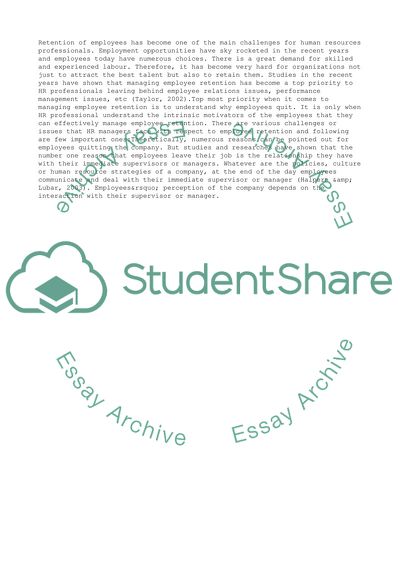Cite this document
(“Managing Employee Retention and Absenteeism Essay”, n.d.)
Managing Employee Retention and Absenteeism Essay. Retrieved from https://studentshare.org/management/1587975-managing-employee-retention-and-absenteeism
Managing Employee Retention and Absenteeism Essay. Retrieved from https://studentshare.org/management/1587975-managing-employee-retention-and-absenteeism
(Managing Employee Retention and Absenteeism Essay)
Managing Employee Retention and Absenteeism Essay. https://studentshare.org/management/1587975-managing-employee-retention-and-absenteeism.
Managing Employee Retention and Absenteeism Essay. https://studentshare.org/management/1587975-managing-employee-retention-and-absenteeism.
“Managing Employee Retention and Absenteeism Essay”, n.d. https://studentshare.org/management/1587975-managing-employee-retention-and-absenteeism.


